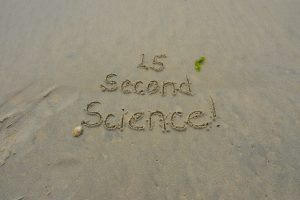
Lights, Camera, Science! Sea Grant Science in 15 Seconds
In May 2015, Delaware Sea Grant launched a series of short format videos, 15 Second Science, aimed at promoting engaging, shareable content on social media.
Scroll down to view posts

In May 2015, Delaware Sea Grant launched a series of short format videos, 15 Second Science, aimed at promoting engaging, shareable content on social media.
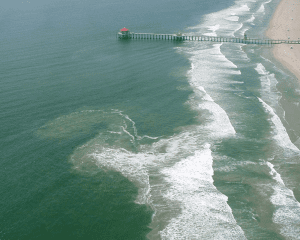
Federal, state, and local partners come together to discuss the forecasting and communication of rip currents and other coastal hazards on the eve of beach season.
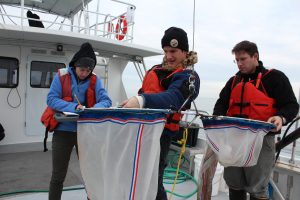
Zooplankton are a key food source in the marine food web and can contain the larvae of commercially important species, such as oysters, crabs and various finfish. Delaware Sea Grant funded researchers are using a new technology to analyze and quantify zooplankton in the Delaware Bay.
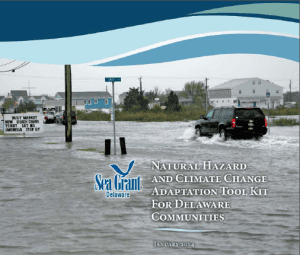
This toolkit was developed to assist communities in identifying planning, mitigation and adaptation opportunities that will help reduce vulnerabilities to natural hazards and climate impacts.
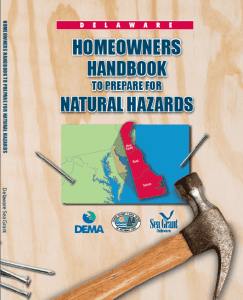
More than 80 major storms have threatened Delaware’s coast over the past three decades, putting lives and property at risk. The resource guides residents on practical measures that can keep them safe and minimize damage to homes and property.
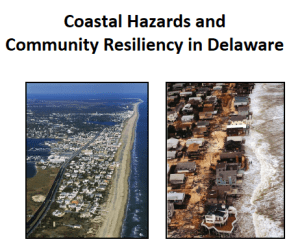
To help reduce Delaware communities’ vulnerability to coastal hazards, the Delaware Sea Grant College Program, University of Delaware’s Coastal Community Enhancement Initiative, and Delaware’s Department of Natural Resources and Environmental Control have cooperated with the Delaware Emergency Management Agency to increase awareness of coastal hazards and provide communities information and resources that will improve societal, economic and personal resiliency to coastal hazards.
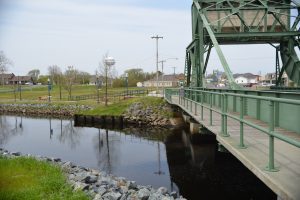
Looking to improve water quality both locally in the river and as part of a regional effort to restore the Chesapeake Bay watershed, the town of Laurel, Delaware is reimagining its historic riverfront with help from the Delaware Sea Grant College Program and University of Delaware landscape design faculty and students.

Delaware, Louisiana and Oregon Sea Grant team up to help seafood professionals navigate the waters surrounding fish and shellfish issues at series of workshops
Horseshoe crabs, whose eggs are vital to migratory shorebird feeding stopovers, have strict harvest quotas due to over harvesting in the 1990s. A research team led by Nancy Targett, director of Delaware Sea Grant, has developed an artificial bait that has the potential to reduce the number of horseshoe crabs needed to catch eel and whelk.

Dennis Hwang, Coastal Hazard Mitigation Specialist at University of Hawai’i Sea Grant developed the Hawai’i Coastal Hazard Mitigation Guidebook to address the lack of widely publicized, reliable guidance for building along the coast to reduce vulnerability. Due to the wide spread popularity, 7 states across the country developed similar books specific to their community.